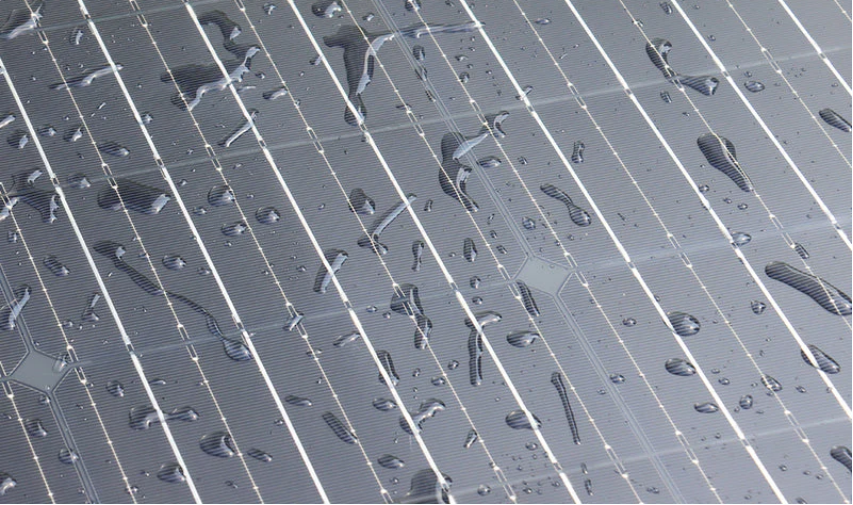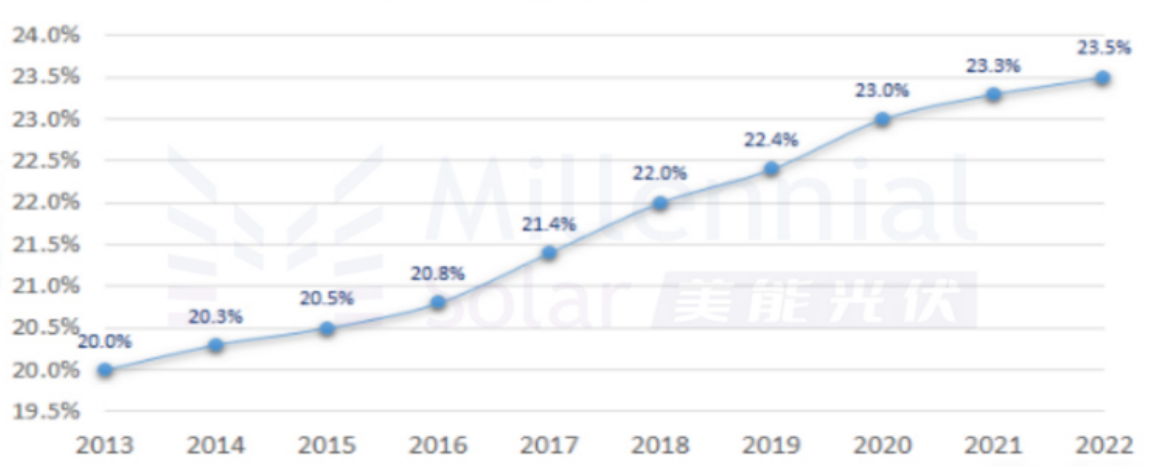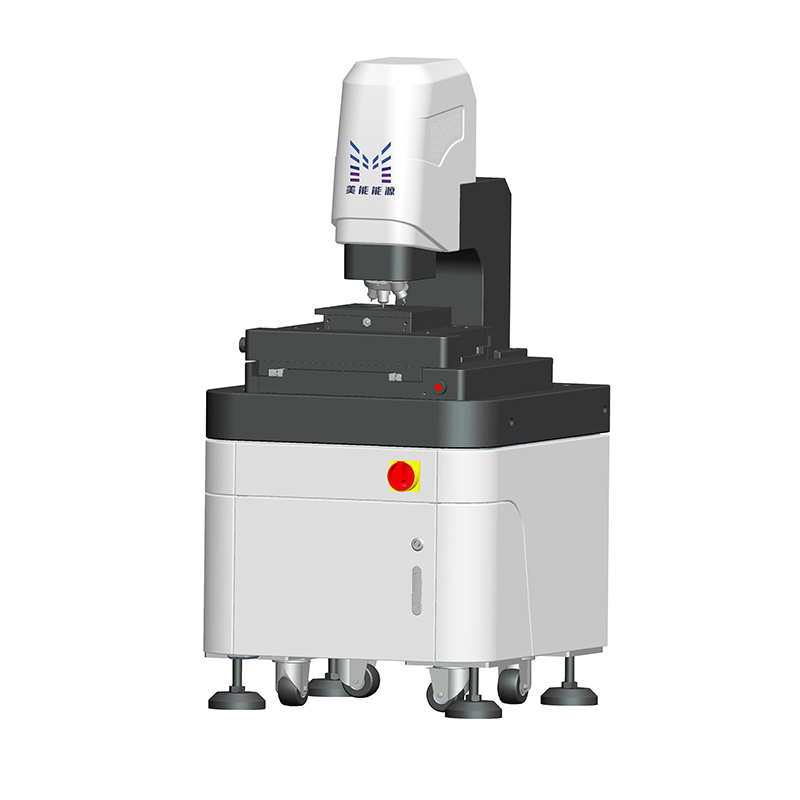
Quantum Efficiency Tester
PL/EL Integrated System
PV-Reflectumeter
3D Confocal Microscope
In-Line Four Point Probe Tester
Four Point Probe Tester
In-Line Thin Film Thickness Tester
Raman Spectrometer
FTIR Spectrometer
Spectrophotometer
Automatic Spectroscopic Ellipsometer
Contact Resistance Tester
Ultra depth of field 3D microscope
Auto Visual Tester
VMM PV Vision Measuring Machine
Solar Cell Horizontal Tensile Tester
Steady State Solar Simulator for Solar Cell
Solar Cell UV Aging Test Chamber
Solar Cell Comprehensive Tensile Tester
Visual Inspection Tester
Wet Leakage Current Tester
PV Module EL Tester
PV Module UV Preconditioning Chamber
Steady State Solar Simulator for PV Module
Current Continuous Monitor
Potential Induced Degradation Test
Bypass Diode Tester
LeTID Test System
Reverse Current Overload Tester
Impulse Voltage Tester
Hipot Insulation Tester
Ground Continuity Tester
Hipot Insulation Ground Tester
Damp Heat Test Chamber
Humidity Freeze Test
Thermal Cycle Test Chamber
Dynamic Mechanical Load Tester
Static Mechanical Load Tester
Hail Impact Tester
Robustness of Termination Tester
Module Breakage Tester
Cut Susceptibility Tester
Peel Shear Strength Tester
Universal Testing Machine (Single-arm)
Universal Testing Machine (Double-arm)
Glass Transmittance Tester
Acetic Acid Test Chamber
EVA Degree of Crosslinking Test System
Junction Box Comprehensive Tester
Drop ball tester
Semi-automatic scanning four-probe tester
Stylus Profilometer
Maximum Power Point Tracker
Perovskite Glass Transmittance Tester
Perovskite P1 Laser Scribing Multifunctional Testing Machine
Perovskite Online PL Tester
Perovskite Online Sheet Resistance Tester
Online Perovskite Film Thickness Tester
Perovskite Process Inspection Workstation
Portable IV Curve Tester
Portable EL Tester
Portable Thermal Imaging Tester
Solar Module Multi-Channel Testing System
PV Inverter Power Quality Tester
Drone EL Tester
IV Tester
IVEL Cell Sorting Machine
PERC Leads the Solar Cell Market!
Date : 2023-11-24Views : 120
High-quality solar cells often use their significant advantages to win the favor of the photovoltaic market. As the leader in the solar cell market, PERC cells have many advantages that cannot be ignored and have always dominated the solar cell market. The 3D Microscope owned by Millennial Solar can easily detect the grid lines and textured surface of PERC solar cells, helping solar cell manufacturers to better perform cleaning, texturing and screen printing to ensure the cell quality of PERC cells.

![]()
What is PERC?
PERC (Passivated Emitter and Rear Cell), which stands for "Emitter and Back Passivated Cell", is naturally derived from the conventional aluminum back field cell (BSF) structure. Because the recombination speed in the metal aluminum film layer on the back surface of conventional BSF cells cannot be reduced to less than 200cm/s, only 60%-70% of the infrared radiation reaching the aluminum back layer can be reflected, resulting in more photoelectric losses. Therefore, there are inherent limitations in the photoelectric conversion rate; solar panels made of PERC cells have an extra layer on the back of traditional solar cells. This extra layer captures more sunlight and converts it into electricity, making PERC cells more efficient than traditional cells. PERC also mitigates backside recombination and prevents longer wavelength heat from becoming heat that can harm cell performance.
![]()
Why you need to know about PERC
Everything must have its inherent cause and effect. Under today's development trend, the audience of PERC cells in the photovoltaic market has grown exponentially, and the PERC photovoltaic module production line has almost become a must-have for mainstream module manufacturers. Its efficiency is 1% or more higher than traditional photovoltaic modules. The PERC structure can break through the physical efficiency achieved by traditional photovoltaic cells and enable module manufacturers to improve higher module conversion efficiency. According to analysis, the market share of PERC photovoltaic modules will increase significantly in the next few years, becoming a mainstream supply commodity.

Mass production efficiency of PERC cells
![]()
Cost reduction and growth promote technology iteration, PERC is still the mainstream of the market
PERC technology relies on its strong cost-effective advantages and production capacity layout. At least in the next three years or even for a long period of time, it will still be the mainstream technology in the industry, and manufacturers will actively improve efficiency and reduce costs to extend its life cycle. According to public information predictions, by 2025, the market share of PERC cells will still exceed 50%.
![]()
3D Microscope

E-mail: market@millennialsolar.cn
3D Microscope is an optical instrument specially used in the photovoltaic industry to inspect the quality of grid lines on the surface of photovoltaic cells. Based on the principle of optical technology, combined with precision Z-direction scanning module, 3D modeling algorithm, etc., the device surface is non-contactly scanned and a 3D image of the surface is established. Through the system software, the height and width of the grid lines on the photovoltaic cells can be adjusted. The number of pyramids on the textured surface is quantitatively detected, to provide feedback on the quality of photovoltaic cell cleaning, texturing and screen printing processes.
As a high-efficiency solar cell, PERC cells are one of the important trends in the development of the solar cell industry. As the demand for renewable energy continues to increase, the market demand for solar cells is also growing. The emergence of PERC cells has greatly improved the efficiency and performance of solar cells. The 3D Microscope owned by Millennial Solar can easily detect the grating surface of PERC cells, allowing photovoltaic cell manufacturers to produce high-quality solar cells!

































































